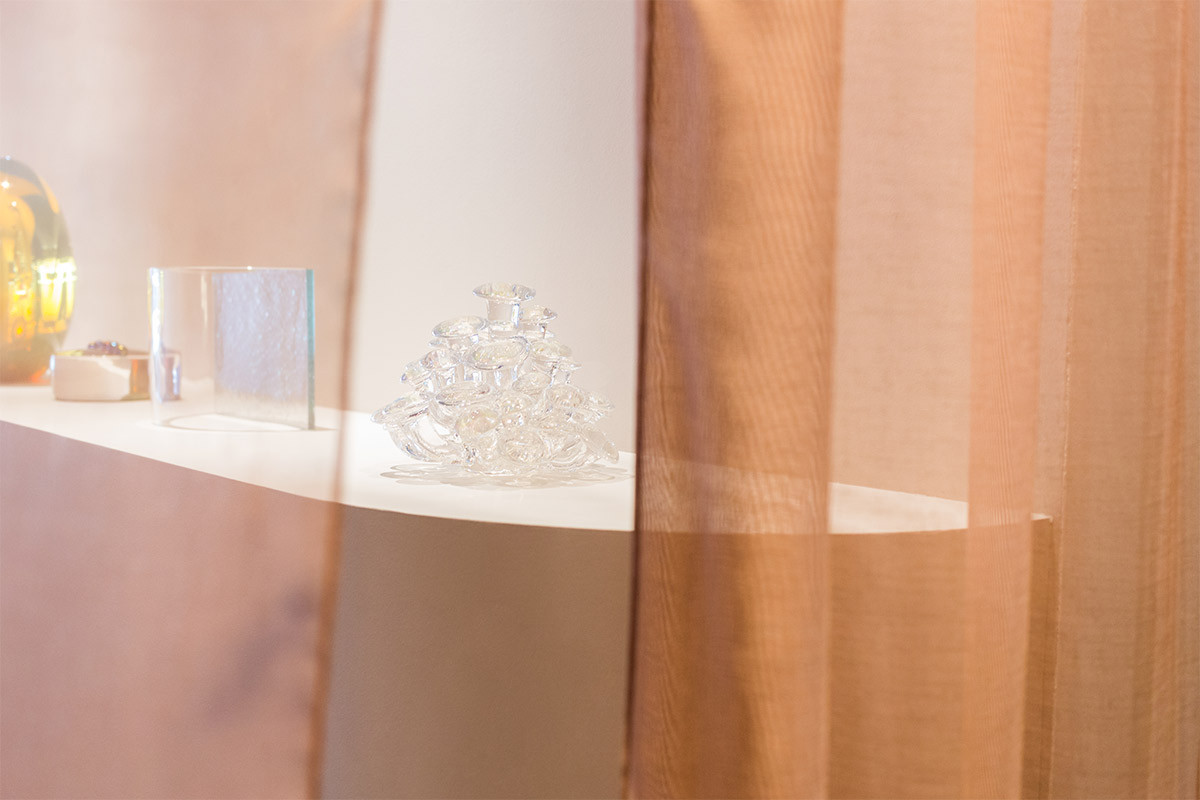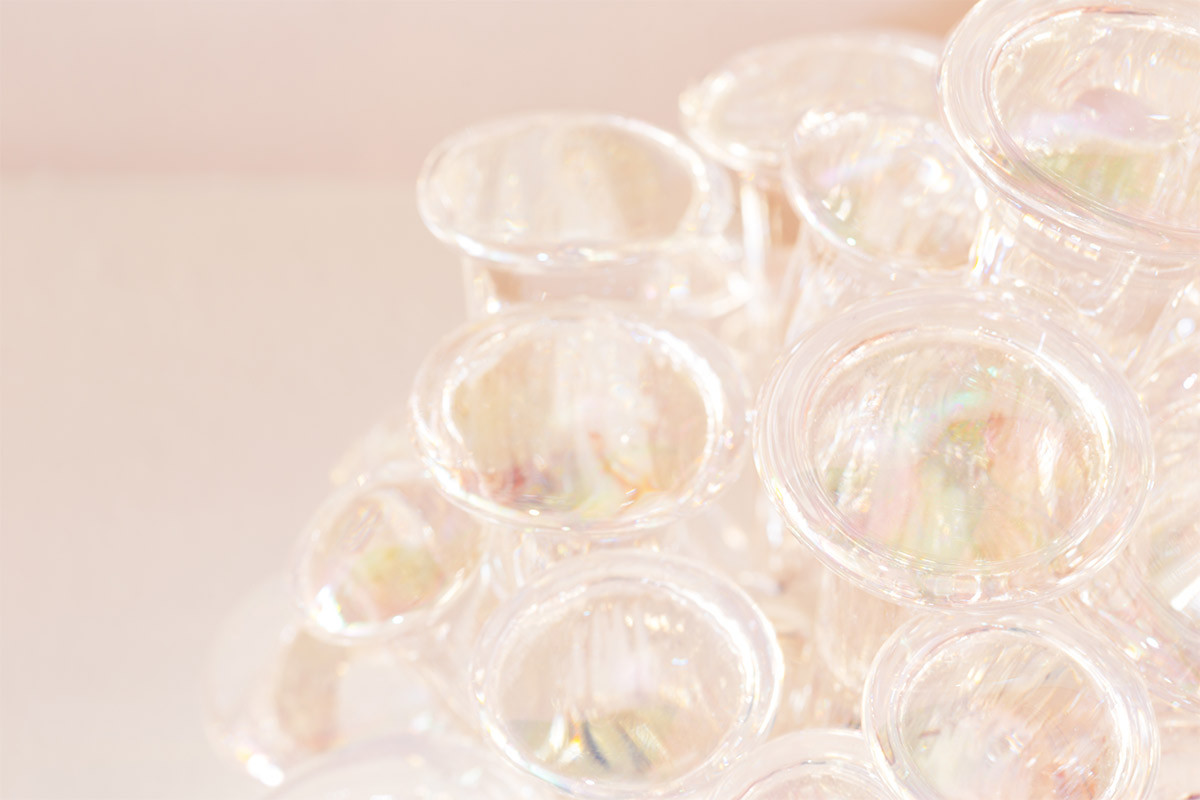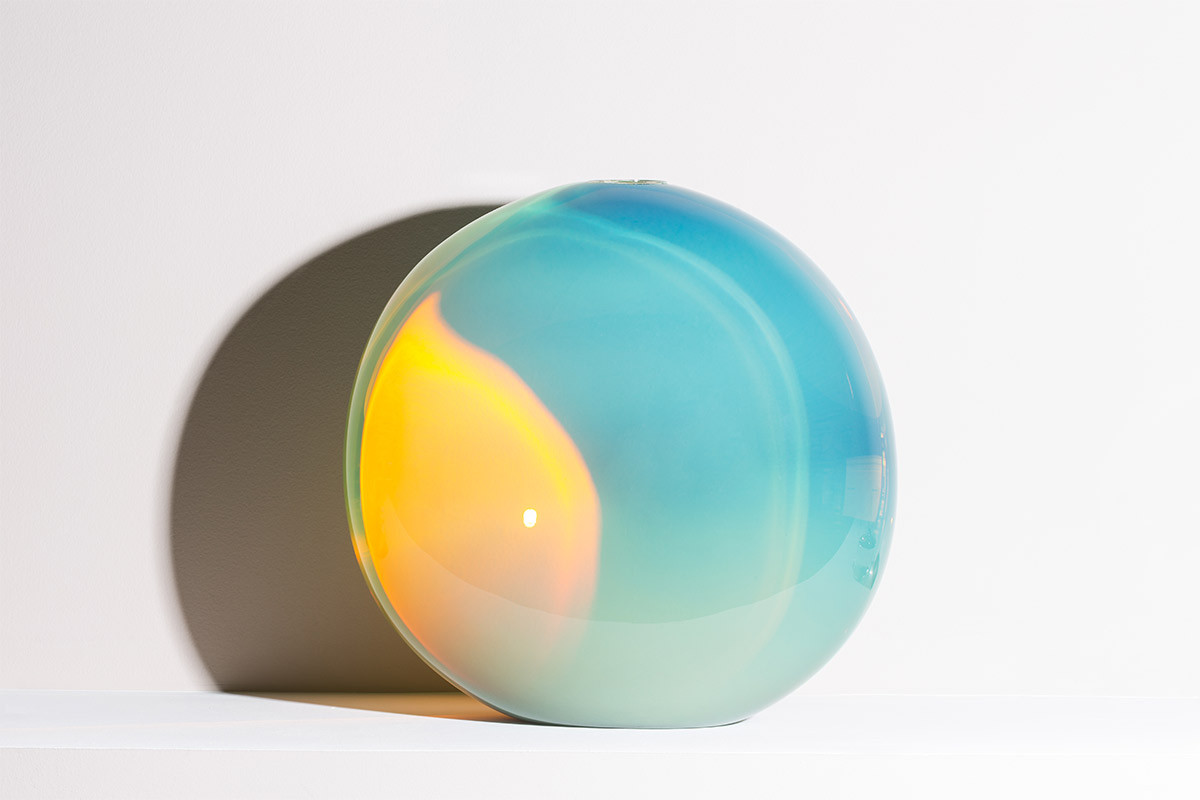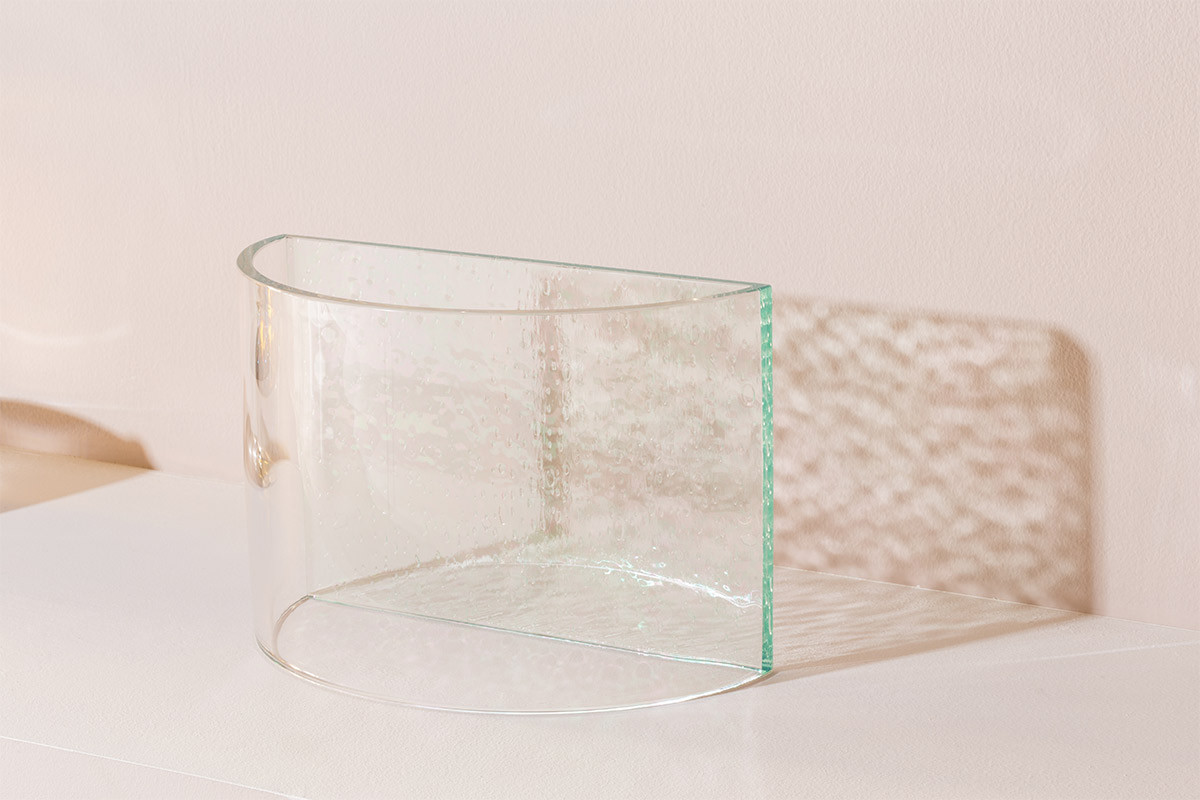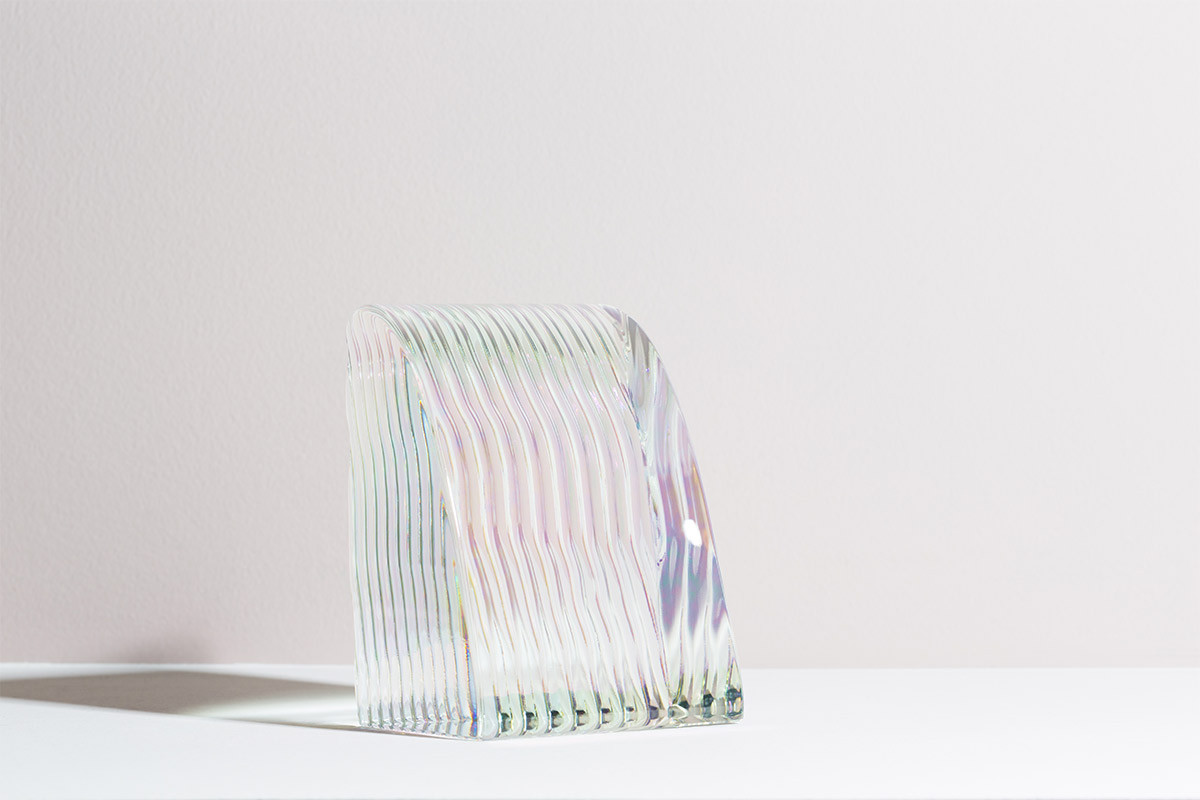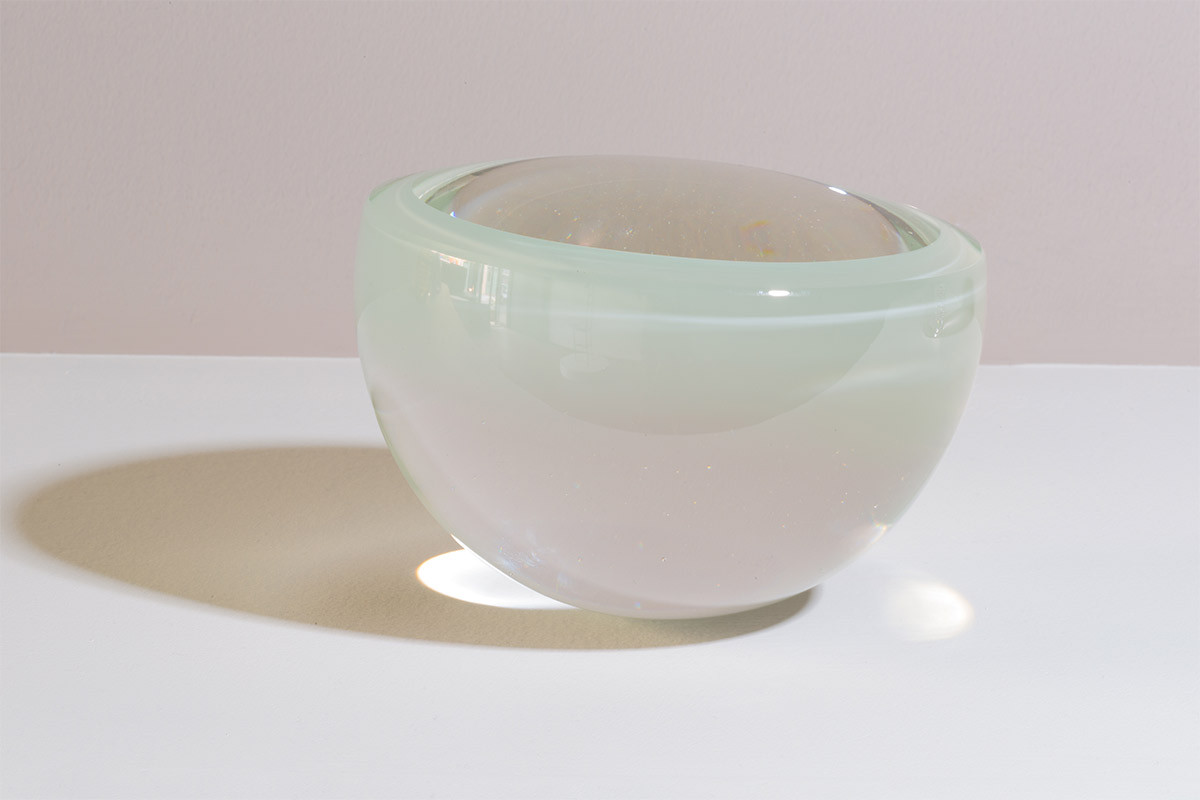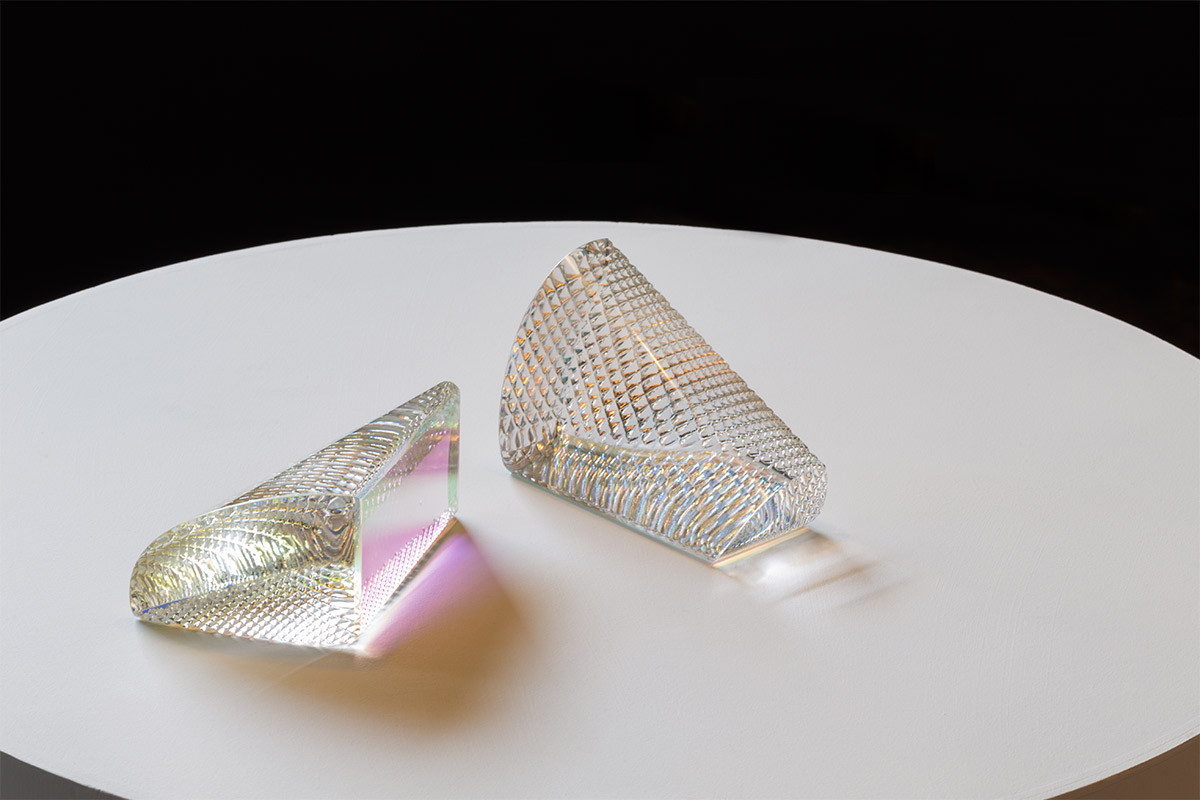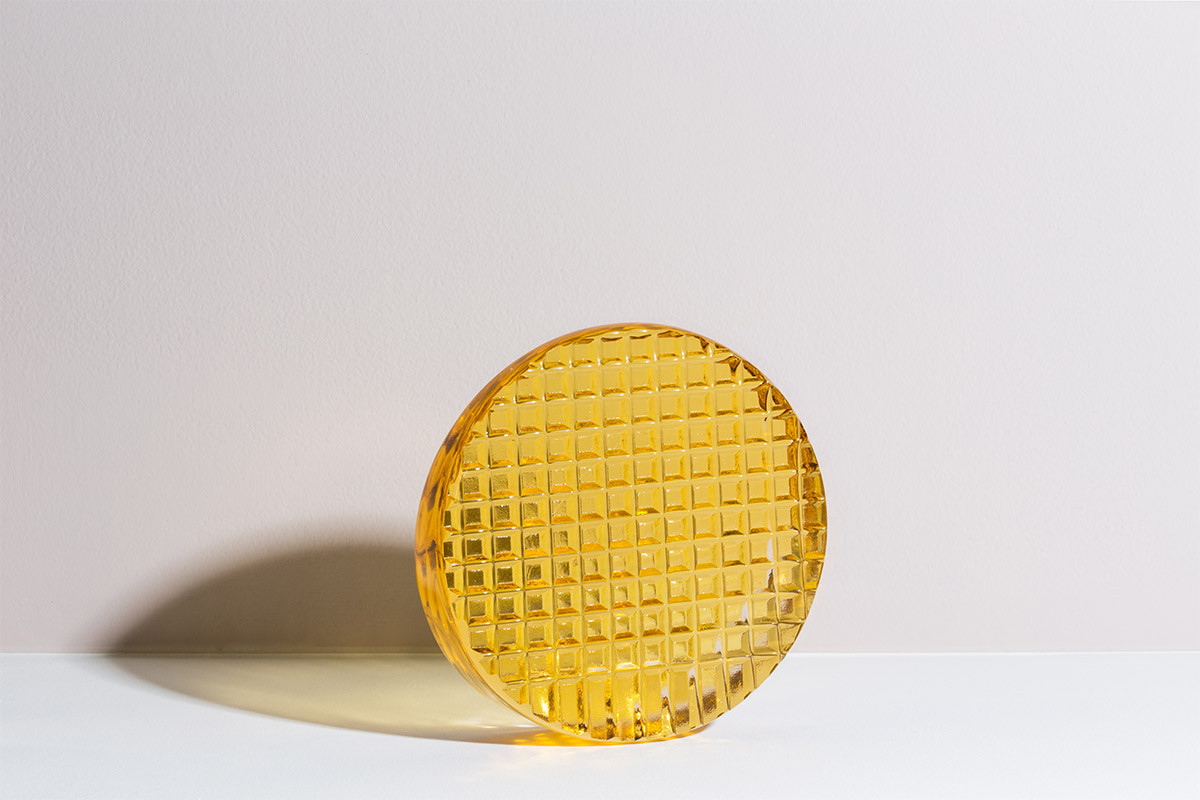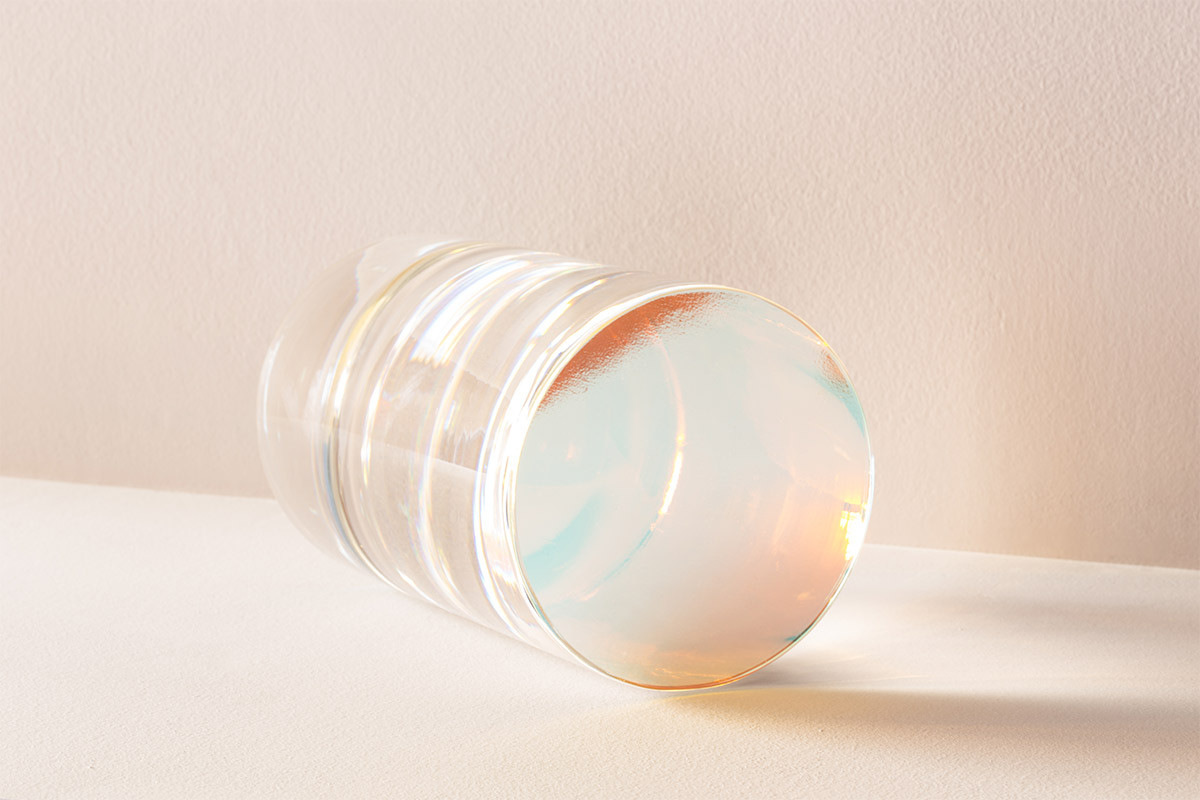Spotlight: John Hogan
1. Why did you gravitate to glass?
I was born in Toledo Ohio, the birthplace of the studio glass movement. My childhood home was next door to a small glass studio and our local art museum hosted a program for youth glassmaking. From a very young age I wanted to work with glass and when I was 15 started at the Toledo Museum of Art.
2. Your work spans functional items as well as other pieces of a more art-driven nature. Can you explain the differences in your process depending on the piece?
The line between art and design is going away especially in the United States. Experimentation is always at the core of my work in both sculptural and product development.
3. Color is a very core component of your work. Can you explain your relationship to color and how it influences the work?
My work is really about light. Light allows us to see and creates our color spectrum. I'm interested in making things that will bring a sense of calm. More and more I'm trying to design works and work with color with this main idea and function in mind.
4. The Equalizer collaboration was groundbreaking. Can you talk us through this process? How did the project (with the changing color lighting) coalesce?
Jean and Dylan are good friends of mine. As the level of comfort and trust continues to rise the work keeps getting better. I work experimentally in many processes with my material. One of the things I focus on in experimental sessions is non traditional treatments of colorant. Spanish chef Ferran Adria wrote a book describing his creative process, which basically consists of relentless experimentation and documentation of process in order to understand results. I trust my ability to recognize something that has potential so it's up to me to put in the work to find new things knowing that a lot won't be used. With this color way I was experimenting with intentionally burning the colorant layer before adding the bulk of the clear glass that makes up the body of lamp.
5. A lot of your pieces have an otherworldly quality. Are there any particular references or visuals that make their way into your finished pieces?
I'm a novice photographer and have been building a massive bank of images for color and form reference for many years. In the fine art world I'm most interested in abstract art. I believe that truly successful abstracted works don't give the viewer too many reference points to grab onto. When the work doesn't remind the viewer of a particular person, place, thing, or idea they have a better chance of feeling something rather than thinking something.
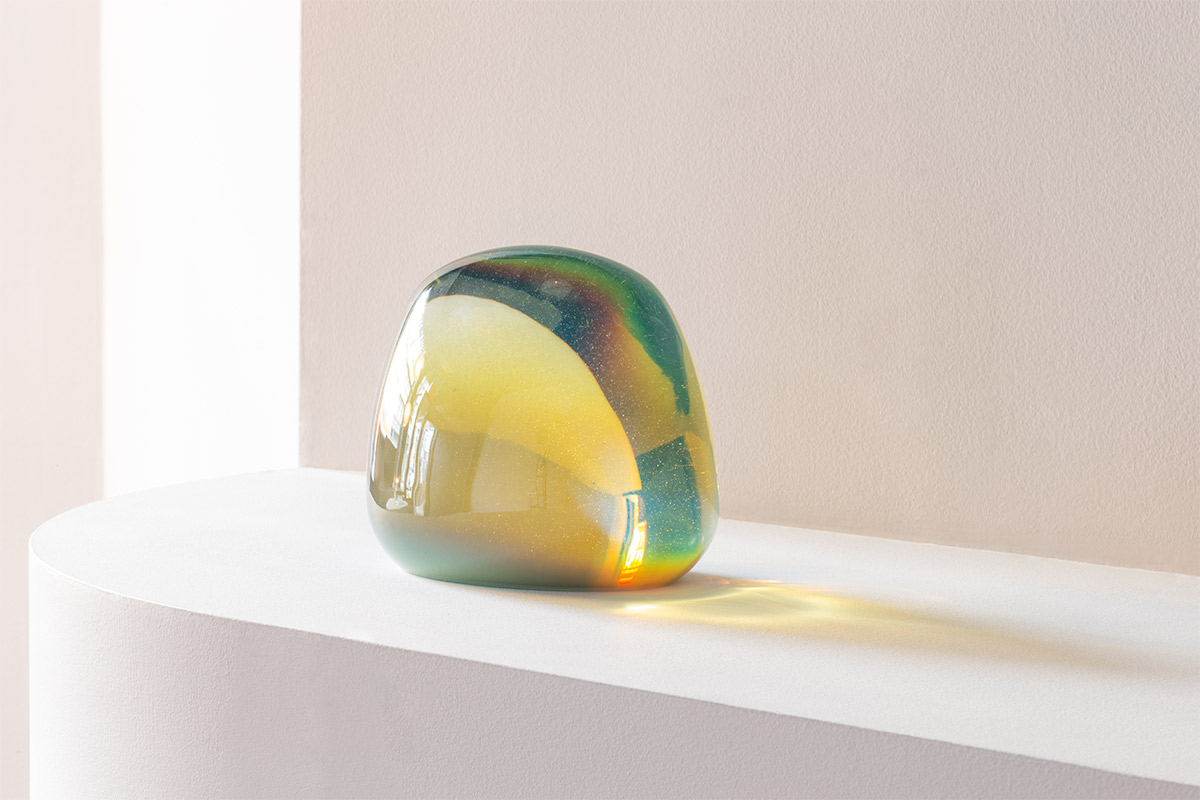
Photography by Lauren Coleman.
 The Future Perfect
The Future Perfect
